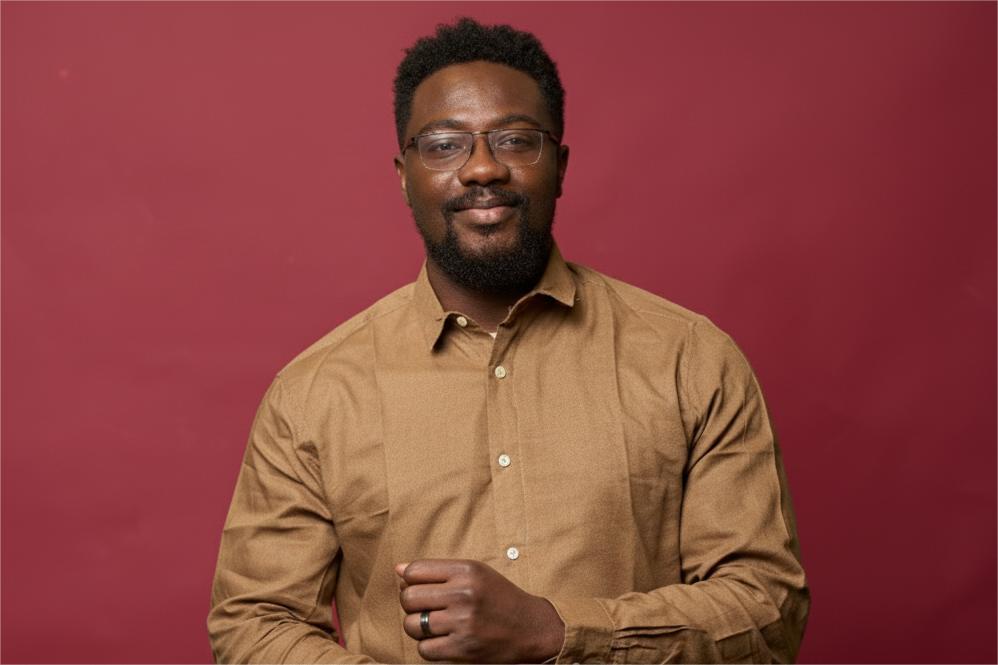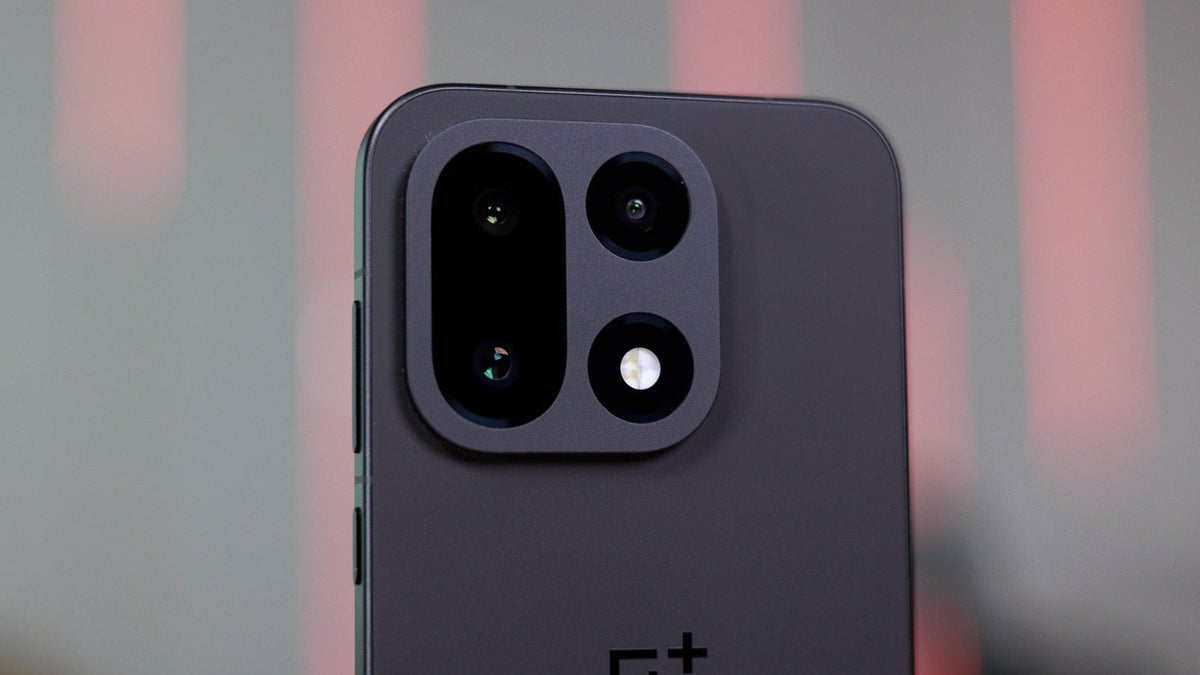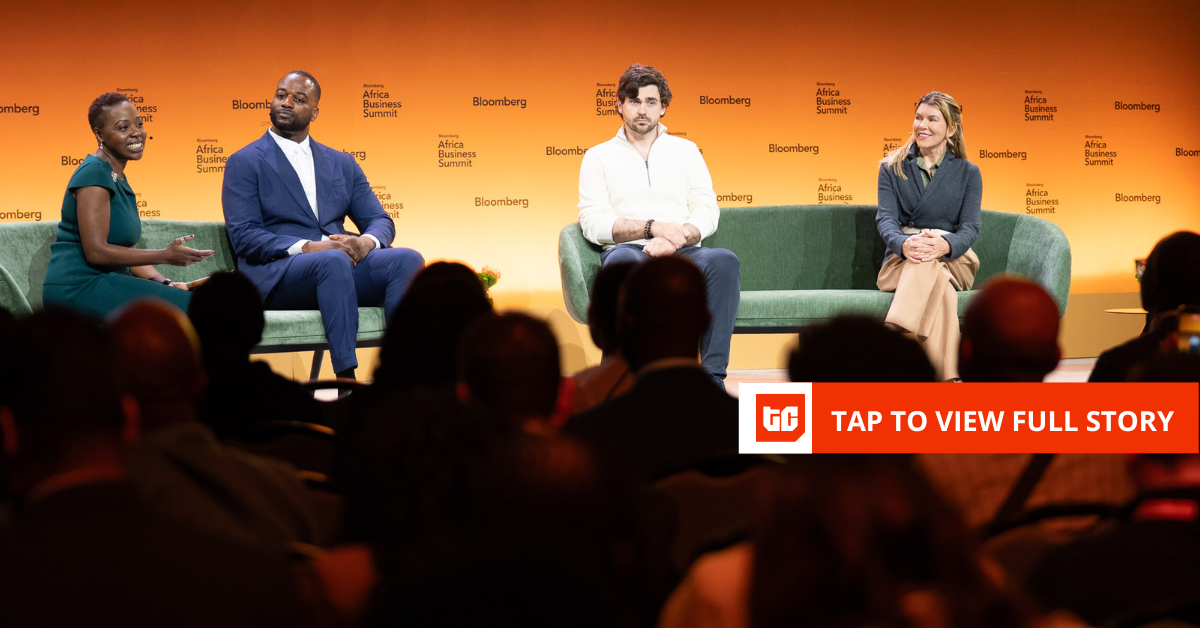Samuel Ogunkoya spent years thinking about ideas but struggling to communicate them in long form. At 15, he sent opinion pieces to Nigerian newspapers. None were published. Years later, as a physiotherapist-turned-product manager, he faced the same problem: brilliant thoughts trapped in his head. So he built Inkriv, not to replace writers, but to help people like him share what they know without the mechanical struggle of writing.
Samuel Ogunkoya laughs when people expect a typical tech founder origin story.
“Unlike those people who would say, ‘Oh, I took apart radios because I wanted to know why they make sounds,’ I was never that adventurous,” he tells me from Luxembourg, where his seven-month-old daughter occasionally interrupts our call. “I don’t even like electrical stuff.”
Instead, Ogunkoya’s path to building an AI writing tool began with a teenage obsession: sharing ideas.
At 15, he started writing opinion pieces about socioeconomic issues and sending them to newspaper editors. “I would read columns in The Punch and The Nation, and I decided I could also form opinions and write.”
The newspapers never replied.
“I was not a decent writer,” Ogunkoya admits now, with characteristic honesty. “I spend more of my time thinking about things, listening to people talk about things, arguing or wrestling with ideas in my head. But the process of communicating those ideas, I’m not a bad writer, but I was not very good.”
Ogunkoya did eventually get published—just not as an essayist. He was published as a poet in international literary journals such as Kalahari Review.
Short form? He could do that. Long form? That was the problem.
The physio who loved complex systems
Ogunkoya’s journey to tech didn’t start with code. It started with the human body.
“I’m fascinated by complex systems and how they work,” he explains. “That’s why I studied physiotherapy, not anatomy, even though I would have chosen anatomy if I’d known it existed as a profession. But anatomy wouldn’t let me directly influence or solve problems. It’s not a clinical profession.”
Ogunkoya discovered physiotherapy through a family friend. “I followed them to a physio clinic and I saw what was going on there. This is a deep understanding of how the human body works, movement, and then how do we solve problems with this understanding.”
For Ogunkoya, physiotherapy wasn’t just about physical bodies. “If you go deep into physiotherapy, you’d understand that beyond the physical body, we also look at the psychology of the human, the socioeconomic status, to tailor treatments to them.”
Understanding complex systems, helping people function better; these themes would follow him everywhere.
From Clinic to Code
During his university studies at Obafemi Awolowo University, Ogunkoya had friends in engineering who were building things. “I started chatting with them to see what I could do even with a busy student schedule? I didn’t want to write code. So many of my friends started telling me, ‘You could do content writing for us’.”
He got into freelance content marketing for tech companies. “Almost everybody did that anyways, it didn’t feel like it was special.”
But his real entry into tech came after graduation, through a patient.
“One of my patients was a developer and we started having conversations about his business,” Ogunkoya recalls. “He saw my business acumen and decided, ‘Why don’t you come work with me as a project manager? Just handle client conversations and do the business side.’”
Ogunkoya took the job. “I did that for a bit, and it started getting interesting. I was like, I’m going to exit clinical medicine and focus on doing this.”
He worked as an IT project manager at a development agency, then joined Curacel (a YC-backed startup) as their first product manager just before they got into Y Combinator. After six months, he left to join Periculum, a fintech startup, as product lead and partnership lead.
“I’m not the typical ‘I’ve been writing code since IT,’” Ogunkoya says. “It’s just a convoluted way of trying to figure out how I can express ideas, how I can contribute to what’s going on. I’m just fascinated by the internet generally.”
In 2023, Ogunkoya moved to Luxembourg, “I moved because of love,” he says simply, and joined a leading European media company as an IT consultant. But by then, he’d already started experimenting with what would become Inkriv.
The tweet problem
When ChatGPT’s API launched in March 2023, Ogunkoya and a friend built a physiotherapy diagnostic assistant. “That was my earliest exposure to LLM APIs,” he says. “Since then, I decided beyond using LLM as a consumer, I’m going to build with this.”
The problem he wanted to solve was personal: “I like sharing ideas. I started writing tweets about my thoughts on AI, productivity, and creativity. But I wanted to turn those tweets into long-form articles so that I can share my knowledge with people beyond my Twitter ecosystem.”
He tried existing AI writing tools. They were deficient. “They had their tells,” he says, using the language of someone who reads a lot. “I could not hire a ghostwriter because it’s expensive. So I thought, how about building a tool for myself that can help me convert my tweets and these ideas in my head into something much more coherent for people to read?”
But he didn’t want it to sound like AI. “So I started experimenting with the idea of personalised AI writing- it learns my style from my previous writing and is able to come up with things that sound like me.”
Inkriv was born from this frustration. But as Ogunkoya and his engineering team dug deeper, they realised they were solving something bigger than one person’s writing problem.
Not a writing tool. A thinking tool
“The more we got into it, I realised that if I want to build something really solid that I would be proud of and confidently use, it would go beyond just building a GPT wrapper,” Ogunkoya explains.
They use a multi-agent approach; multiple AI models evaluate and improve the writing. And Ogunkoya made a crucial decision: “I streamlined the focus. I’m not going to tell fiction writers, I’m not going to tell people who do personal writing to use Inkriv. It’s primarily for knowledge writers.”
This distinction matters to him. Inkriv isn’t built for people who want to write fiction; it’s for people who want to share their domain expertise with an audience.
Inkriv is broken into three components: a brainstorming canvas, the personalised writing space, and an interactive engine.
The brainstorming canvas lets you think visually with an AI assistant. “You have your thoughts. You can connect different thoughts with weighted connections,” Ogunkoya explains, “The connection between A and B can be stronger than the connection between B and C. You specify 60% strength, 50% strength. After that, you can reveal insights based on what’s on the board.”
The writing space learns your style continuously. “Every time you make an edit or rewrite, I want it to look at what it has written before and what you’re doing, then update its knowledge base.”
But the interactive engine is where Ogunkoya’s vision gets interesting.
Documents that do things
“We believe documents should be interactive,” Ogunkoya says, and suddenly his screen fills with examples.
“If I’m writing about pricing strategy, instead of just explaining how to calculate pricing, I can build an app right inside the document. Whoever reads my article can experiment with it, ‘If my pricing is $15 and my enterprise pricing is $50, what’s my projection going to look like?’”
You can also add audio layers. “Instead of bloating my writing, I can record audio so whoever is reading can play it for additional context,” he explains. The article he sent me before our interview uses this – a one-pager about his life that he created by taking a long walk and talking into Inkriv’s voice mode.
“It transcribes your recording, cleans it up, and generates an article tailored to your style,” he says.
But Ogunkoya’s biggest ambition sounds almost impossible: “In the future, maybe we’ll create a different file type, just like you have DOC, you have PDF. Why can’t we have a different format entirely that’s interactive? I share a document with you that appears like a PDF, but you can read, play my audio recording, interact with apps, without needing to connect to the internet.”
The slop problem
Ogunkoya is refreshingly honest about AI writing’s biggest challenge.
“I think AI writing will give us a lot of slop. I don’t deny that,” he says, using the internet’s term for low-quality AI-generated content. “However, some tools like ours, people who use AI writing tools in a much more decent way, would have much more impact.”
“There’s a tell sign. Absolutely. The technology is not there yet. We’re trying as much as possible to reduce what it sounds like. Our promise is: use Inkriv, 80% of it will sound like you, and then you do the final draft. We still want humans in the loop.”
This is important to him. “We’re not trying to be a slop machine where you give us a prompt, we give you the article. That doesn’t make any sense. We just want to equip people to do better thinking and better writing.”
A regular person building for impact
Ogunkoya repeatedly calls himself “regular.”
“You’re speaking to a regular person,” he says more than once. “I don’t have a spectacular story. It’s just a regular individual trying to do stuff on the internet.”
It’s a genuine discomfort with founder exceptionalism. “There’s a lot of fluff. Everybody tries to be like they’re not regular. Come on, we’re all regular folks.”
Ogunkoya’s driver is very simple; he wants to simplify complex systems and help people work better.
What success looks like
“The big success for me is if I can get a billion ideas shared on Inkriv,” he says. “At least thousands of those ideas—people keep coming back to them every year. People share Tai Solarin’s poem ‘May the Road Be Rough’ every new year. It’s become a ritual. I want a case where an idea that was written on Inkriv becomes that institutionalised, where people point you back to it.”
He pauses. “I want someone to write on Inkriv, and 50 million people keep coming back to that article every year to say, ‘This changed my life.’”
Ogunkoya is building tools so other people, people with ideas trapped in their heads, people who think better than they write, can share what they know.
“My relationship with writing has evolved to a place where I’m happier because I don’t have to go through the mechanical ritual,” Ogunkoya tells me. “I now spend more time thinking through my arguments. I now spend more time confident about sharing my opinion.”
He’s not trying to replace writers. He’s trying to help thinkers.
“Look at TED Talks,” he says. “Three billion views every year. People are still drawn to ideas. Even with the explosion of AI writing and all the slop, people who use tools responsibly would have much more impact.”
Not every founder has a dramatic origin story. Some just spent years thinking about things, struggling to communicate them, and finally decided to build the tool they wished existed.
Sometimes that’s all it takes.











